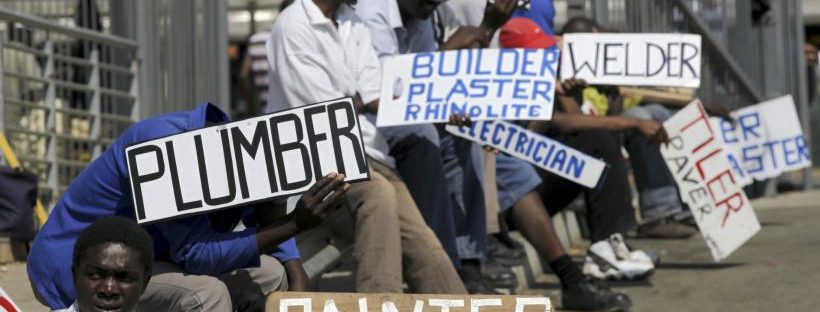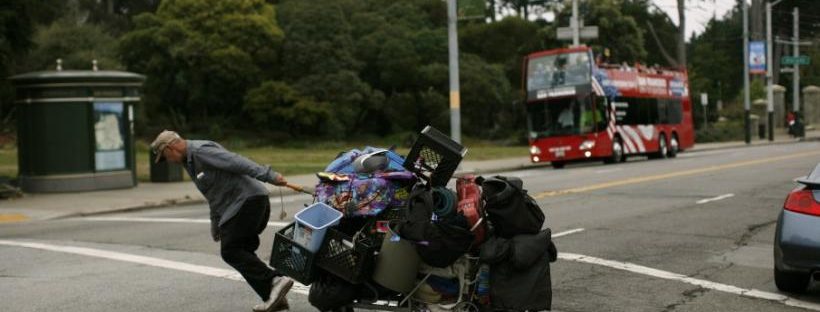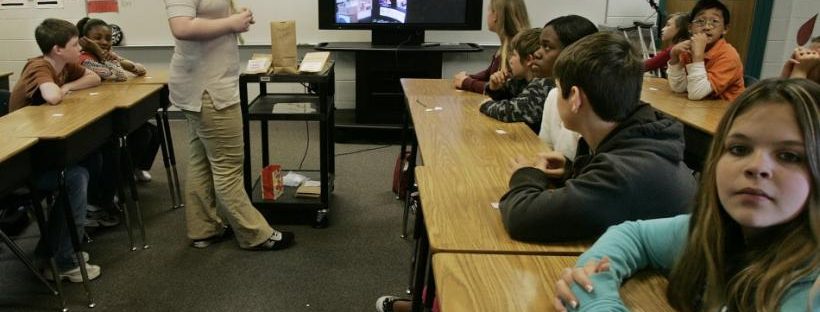Since the beginning of America, we have been a giving people. [I]n 1630, [Pilgrams] relied on each other to survive the harsh winters. The settlers raised each other’s barns, hosted quilting bees for the community, and built common areas in their towns. Benjamin Franklin, the founding father of American volunteerism, [...] gathered volunteers to sweep … Continue reading Charity is in Our DNA
What Happens When Unemployment Runs Dry?
[According to Forbes], short-term unemployment—six months or less—was 4.9% [in January 2013], [...] only 0.7% above the pre-recession rate. Long-term unemployment [...] is at 3%, which is three times higher than before the recession. The long-term unemployed make up 38% of all workers without jobs. This troubling [statistic] not only [affects] the societal safety net … Continue reading What Happens When Unemployment Runs Dry?
Is Entrepreneurship Dead in America?
Over 200 years ago, James Madison wrote, “[T]he greater proportion of citizens who are their own masters, the more free, the more independent, and the more happy must be society itself.” Entrepreneurship is a critical measurement of our country’s political vitality and our own personal liberties. The more independent citizens become, power and responsibility will … Continue reading Is Entrepreneurship Dead in America?
Everyone Needs a Bed
Homelessness, poverty, recession—you would hope that a new year would wipe away all of the bad things that have happened to our nation, but it does not. We still wake up in 2013 with the same issues we had in 2012. Is there any hope in sight? According to the U.S. Census, the official poverty … Continue reading Everyone Needs a Bed
The Poor, the Elderly, the Disabled Stand to Lose the Most
More Americans used food stamps to buy their Thanksgiving dinner than any time in our history according to U.S. News & World Report. Forty-two million of us are on food stamps, and the food-stamp program (now called the Supplemental Nutrition Assistance Program, or "SNAP") cost the U.S. government $72 billion last year. This means one … Continue reading The Poor, the Elderly, the Disabled Stand to Lose the Most
Holes in the Safety Net
America’s national safety net of social services is a curious public/private mix supporting the most vulnerable people in our society. It has been clearly pointed out to us this fall that in our current economic crisis, the government will have to be doing less, because the dollars are not there. According to the [National] Council … Continue reading Holes in the Safety Net
No School Left Behind
Now that we are entering another school year, it is hard to believe that our modern school system is less than 100 years old. According to Wikipedia, in 1900, out of 45 states, 34 had compulsory schooling laws for elementary education, of which only four were in the South. As a result, in 1910, 72% … Continue reading No School Left Behind
“I Do”…or Maybe “I Do Not”
According to Fox News, the percent[age] of married households in the [United States] fell to 48.4% in 2010, down from 55.2% in 1990 and 78% in 1960. This is the lowest in recorded history for our country. In 1960, according to The L.A. Times, almost 50% of [...] 18- to 24-year-olds and 82% of 25- … Continue reading “I Do”…or Maybe “I Do Not”



